Set It and Forget It Brisket on an Offset Smoker? 3 Texas BBQ Secrets for Incredible Backyard Results
If you love the deep, smoky flavor of authentic Texas barbecue but find yourself intimidated by the hands-on fire management of an offset smoker, you’re not alone. The allure of “set it and forget it” pellet grills has drawn in thousands of backyard cooks, promising convenience and consistent results. But what if you could have the best of both worlds—true offset smoke flavor with nearly pellet grill-level ease? After a transformative trip to Texas, I set out to crack the code, uncovering three hidden gems from some of the state’s top barbecue joints that can revolutionize your home brisket game.
Free Stuff! |
|
Check out this really cool thing |
| Click me |

Free Stuff! |
|
Check out this really cool thing |
| Click me |
The Quest for Offset Flavor and Pellet Grill Convenience
There’s no denying the magic of a real wood fire on an offset smoker. But the hands-on attention required can be a deal-breaker for busy home cooks. Pellet grills, on the other hand, offer push-button convenience, but as I learned in a candid conversation with barbecue legend Aaron Franklin, they simply don’t produce the same smoke profile as a traditional offset. As Aaron put it, “It’s all marketing. They taste completely different.”
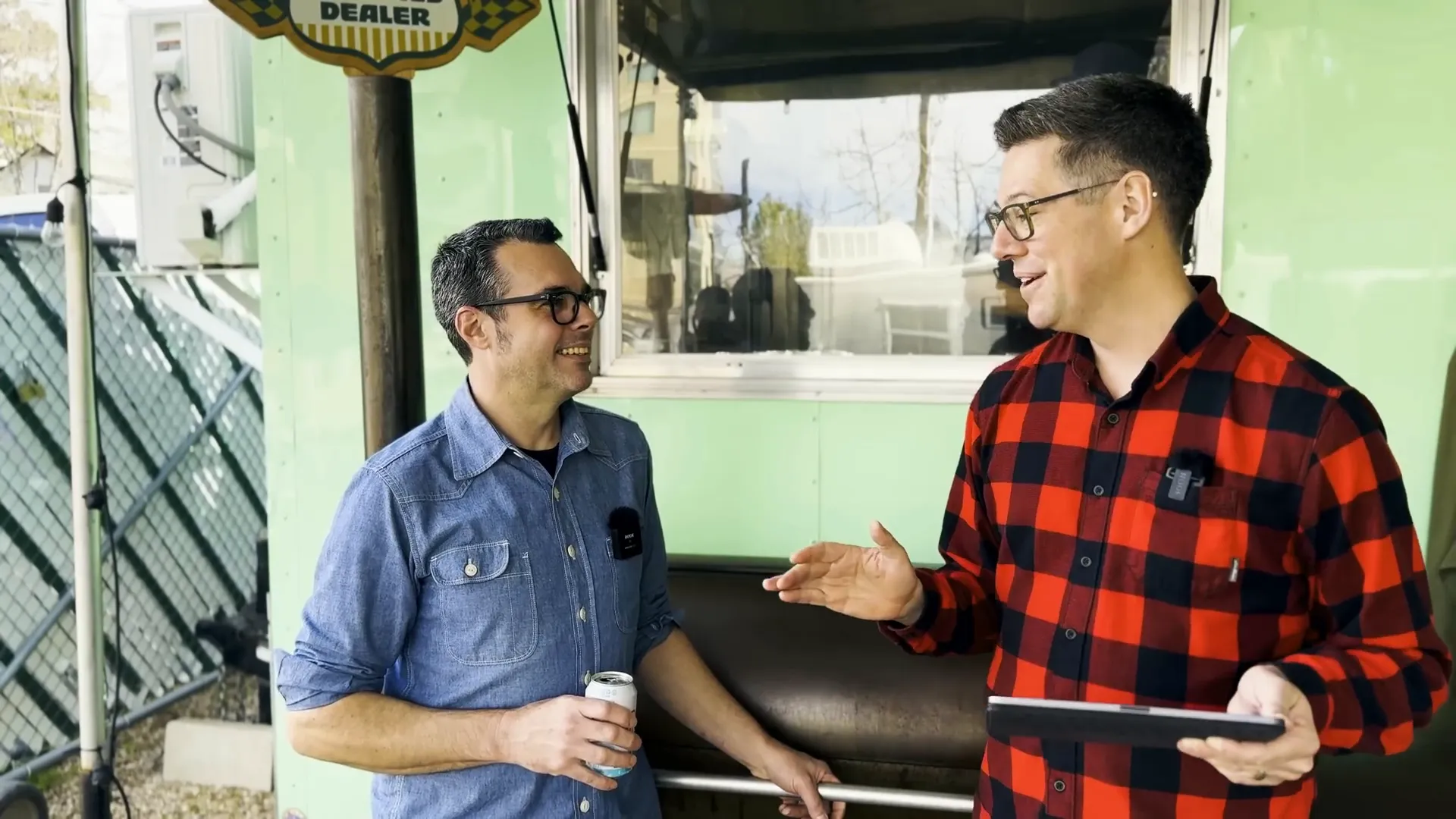
Still, I was determined to find a way to unlock world-class brisket flavor in my own backyard without having to babysit the fire all day. My recent trip to Texas, where I sampled brisket from Franklin Barbecue, Interstellar Barbecue, and Bar-A-BBQ (among others), opened my eyes to techniques and secrets that the top pitmasters use to achieve their legendary results—consistently, day after day.
The Bar-A-BBQ Cold Smoke Method: A Hidden Gem
Among all the incredible barbecue I tasted in Texas, the experience at Bar-A-BBQ stood out. Not only did I get to eat their food, but Cooper, the pitmaster, let me try my adaptation of his “cold smoke” method on a Big Green Egg. His verdict? “That was a great cook. There’s nothing you can improve on that cook.” That endorsement from one of Texas Monthly’s hottest new barbecue joints motivated me to dig deeper into the techniques that set these restaurants apart—and see if they could be adapted for backyard cooks like us.
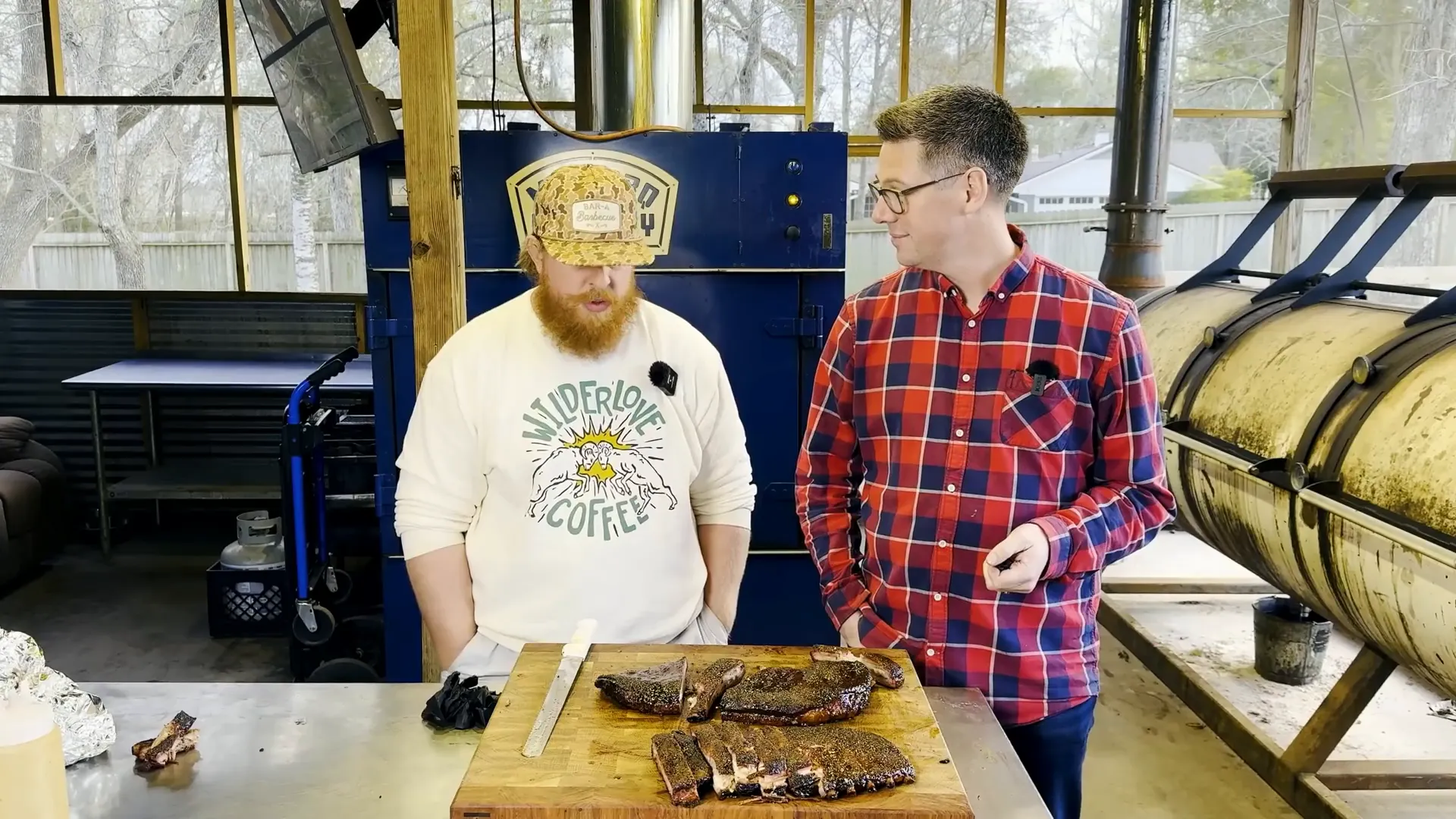
What I discovered is that there are three secrets, hiding in plain sight, that explain why barbecue from top Texas joints tastes so different from what most of us turn out at home. If you’re struggling to replicate that legendary flavor and texture, these are the keys you’re missing.
Secret #1: Good Smoke—and the Power of Resting
Every top Texas barbecue restaurant uses what I call “good smoke.” But there’s more to it than just burning the right wood. One of the most overlooked factors is how long the brisket rests after coming off the smoker. At these restaurants, briskets aren’t finished right as the doors open—they’re cooked ahead, then held in a hot holding oven, allowing the smoke to mellow and meld into the meat.
To illustrate the effect, I use a simple analogy: think of smoke like body spray. Spray it on and it’s overwhelming at first, but given a few hours to dissipate, it’s much more pleasant. The same goes for barbecue. If you slice into a brisket that’s only rested for an hour or two, the smoke profile can be harsh and overpowering. But let it mellow overnight in a hot hold, and you’ll get a balanced, nuanced flavor that’s worlds apart.
This insight is a game-changer for home cooks. If you want your brisket to taste like Texas barbecue, give the smoke time to settle—don’t rush the rest. Hot holding overnight isn’t just for restaurants; with a little planning, you can do it at home too.
Secret #2: The Art of the Hot Hold—Wider Margin for Error
Consistency is one of the most impressive feats of places like Franklin Barbecue and Interstellar Barbecue. How do they turn out perfect brisket every day, even with staff changes and the pressure of daily crowds? The answer lies in mastering the hot hold.
Knowing exactly when to pull your brisket is notoriously difficult. Pull it too early, and you’ll have unrendered fat and tough meat. Too late, and it’s dry and crumbly. The window for perfection can be as short as 30 minutes. But the pros have a trick: they deliberately undercook their briskets, pulling them at 190–195°F (below “probe tender”), and then finish them in a hot hold oven set around 150°F for hours. This is like sous vide for brisket—gentle, controlled finishing that widens the margin for error and ensures perfect texture every time.
You’ll need an oven that can be set manually, and a thermometer to double-check temperatures (I use my MEATER Pro Duo to confirm both ambient and internal temps). Once you get the hang of your oven, you can skip the probe and just enjoy reliably perfect brisket, every cook.
Secret #3: The “Cold Smoke” (Low and Slow) Phase
The third secret is the so-called “cold smoke” method popularized by Bar-A-BBQ and others. To be clear, this isn’t true cold smoking (like for cheese or jerky, which happens below 100°F); instead, it’s a low-and-slow phase at 200–225°F for several hours before ramping up to finish the brisket.
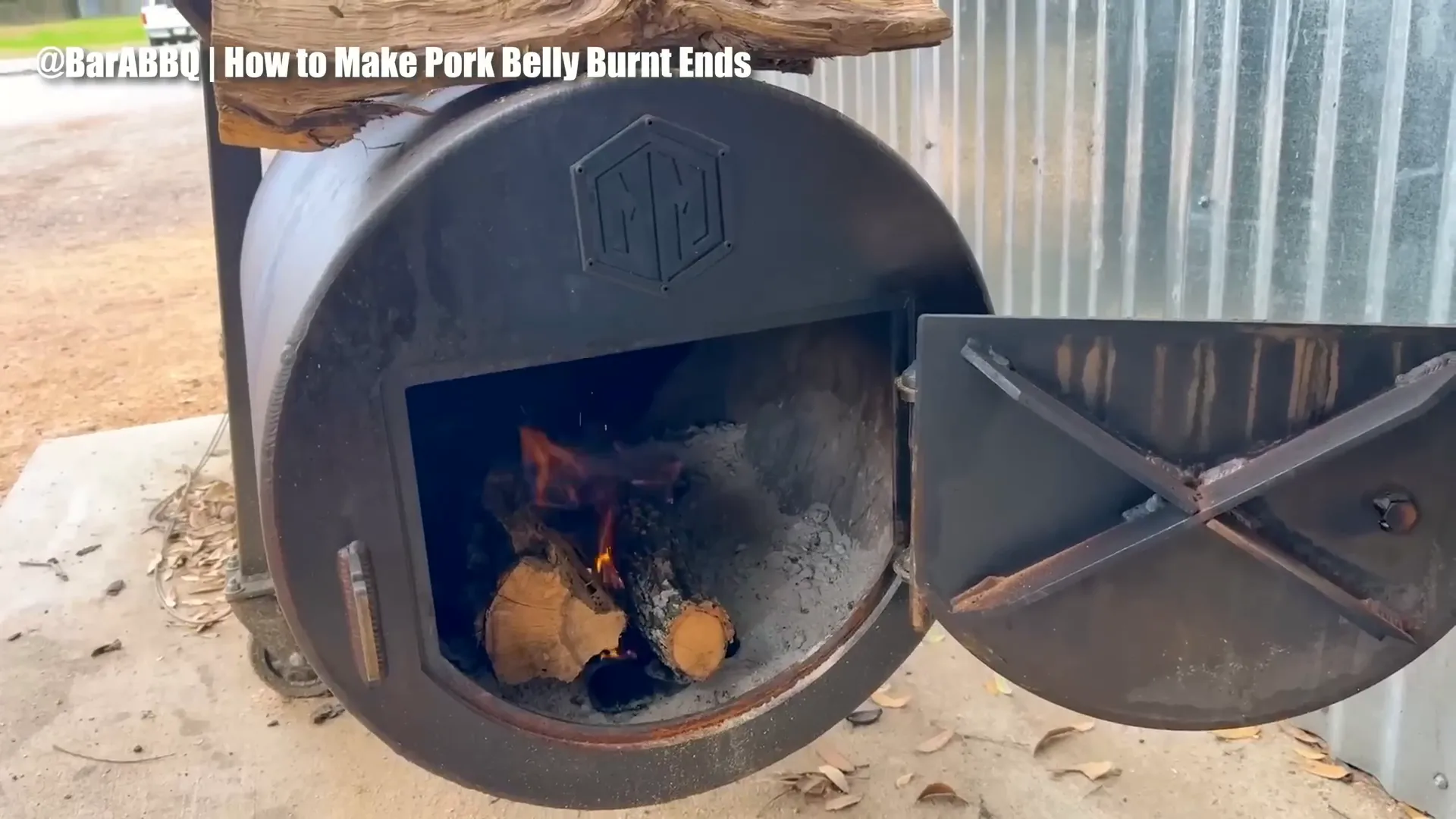
Why is this so important? When the brisket is cold and goes onto the smoker, it’s at its best for absorbing smoke. A long, gentle cook allows the fat—both the cap and the intramuscular marbling—to fully render, resulting in juicy, flavorful meat. At higher temperatures, you simply can’t get the same level of smoke adherence or fat breakdown. Every smoker I’ve tested, from pellet grills to stick burners, delivers more smoke flavor at lower temperatures.
But beware of “bad smoke,” which happens when fires are smoldering or choked of oxygen. You always want a clean-burning fire, even at low temps. Bundling your splits close together (not too tight, not too loose) and maintaining a small, hot coal bed is key to achieving this.
Putting the Secrets to the Test: Offset Brisket, Simplified
Armed with these three secrets, I set out to see if I could combine authentic offset flavor with true ease of use. My weapon of choice: the new Smoke North Trillium offset smoker, a serious bit of kit with clever insulation and fire management features.
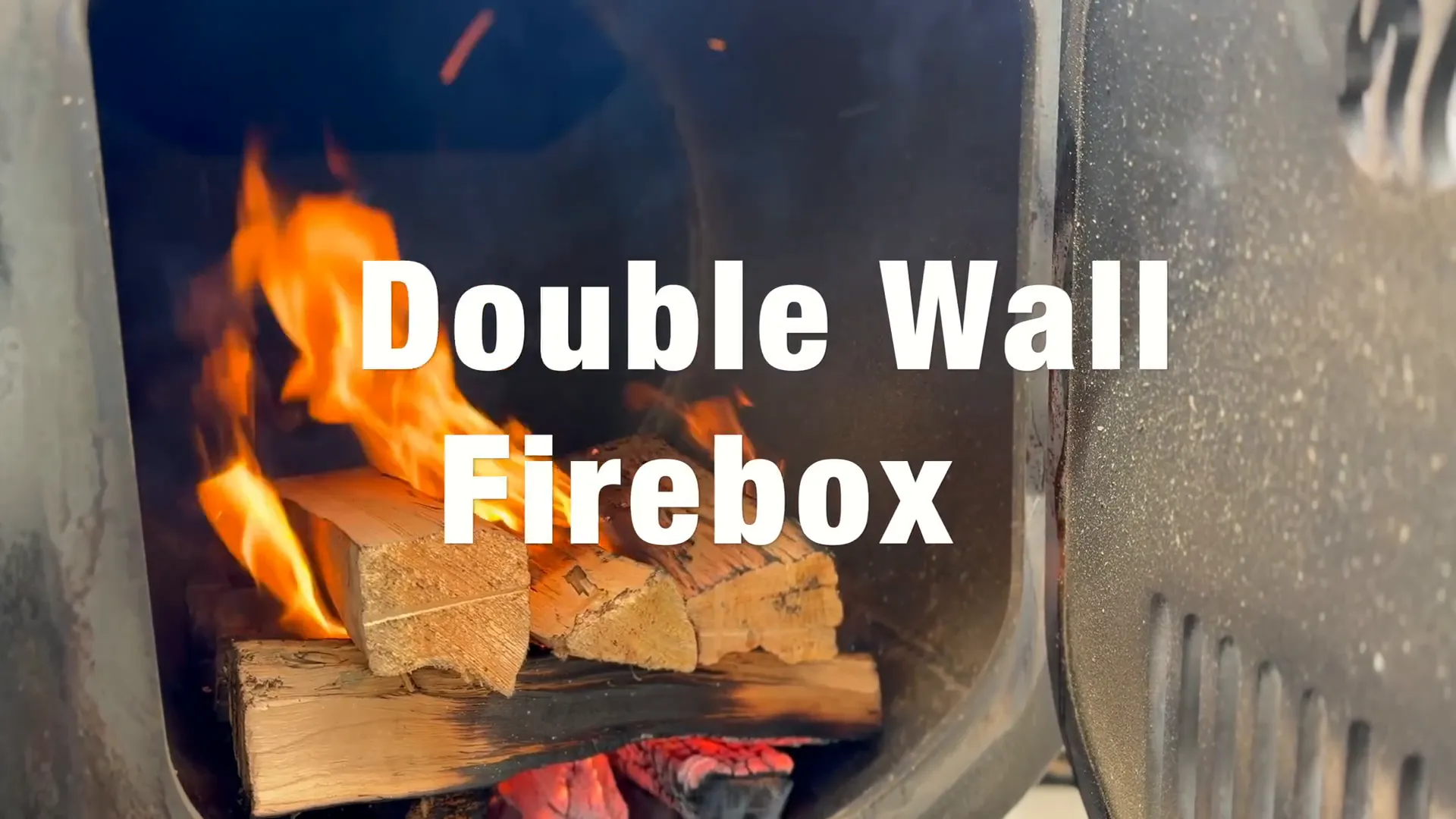
Unlike some pitmasters who cold smoke overnight, I opted for a shorter (but still effective) 3–4 hour low-and-slow phase, just like Cooper and other Texas pros sometimes do for backyard cooks. My process looked like this:
- Start with a base layer of quality charcoal (I used Fogo), lit with a GrillBlazer GrillGun for a roaring hot coal bed.
- Add wood splits, bundled close but not packed, to encourage clean combustion with a small, steady flame.
- Set the top damper to a quarter-inch open and latch the firebox door to prevent runaway fires.
- Insert a wireless thermometer (MEATER Pro Duo) to monitor both ambient and meat temps remotely.
To really test the “set it and forget it” potential, I left the house for three hours during the initial cold smoke. Thanks to the Trillium’s design and the steady fire, my temps held at around 200°F the whole time—no babysitting required.
Brisket Selection and Trim: Setting Yourself Up for Success
Choosing the right brisket is critical. Avoid cuts with a paper-thin flat and a mountain of a point; you want a brisket that’s well-marbled and as even in thickness as possible. When trimming, focus on getting the brisket to lay flat and rounding the edges. Skip the obsessive silver skin removal on the bottom; in my experience, it makes no discernible difference, and most Texas pitmasters don’t bother.
Remove the “mohawk” (a thin, protruding section that will burn), and save the trimmings for burgers or sausage. The pure white fat can be rendered into smoked tallow, which you’ll use later to keep the brisket moist during the hot hold.
Simple Seasoning: The Texas Way
When it comes to seasoning, Texas barbecue is all about simplicity done perfectly. The standard is a blend of 16-mesh black pepper and seasoned salt. If you can get your hands on Rio Seasoned It All Salt, even better; otherwise, Fiesta or Lawry’s will do the trick. For extra flavor, I use a pepper cannon to crack fresh black pepper—nothing beats the aroma and intensity of freshly cracked spice.
Coat the brisket generously and let it dry brine overnight in the fridge. This step not only seasons the meat but helps the bark develop during the cook.
Did the Set It and Forget It Method Work?
The big question: can you really “set it and forget it” on an offset smoker? After the initial fire was established, I only needed to add wood eight times during the entire 14-hour cook. That’s just a few minutes of actual work—comparable to the time you’d spend maintaining a pellet grill (including cleaning out the ash pot and other routine maintenance).
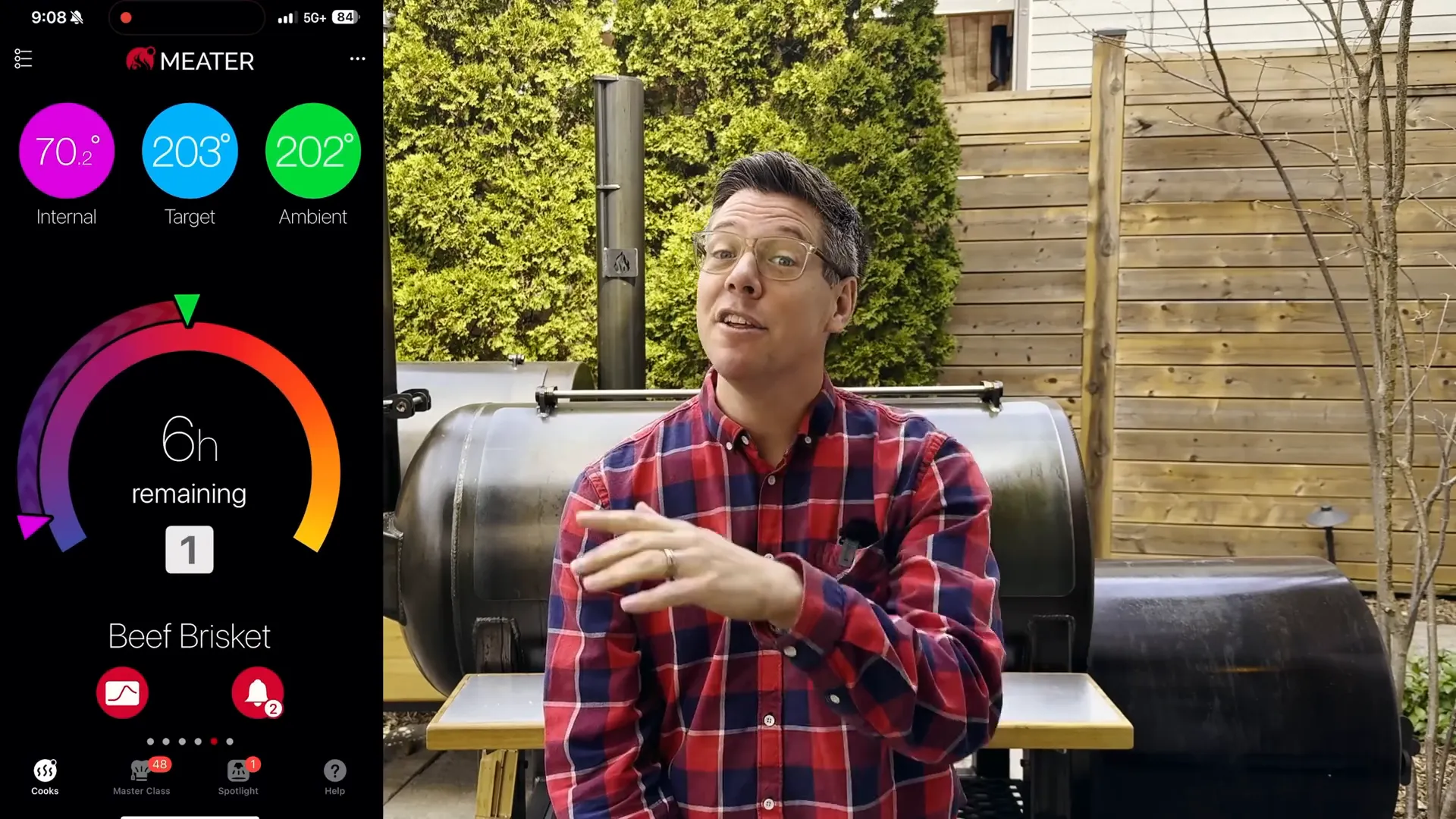
Yes, a pellet grill can run hands-free, but for the best results, even they require some interaction (like spritzing the brisket). The Trillium’s insulated firebox and steady draft gave me up to three hours of hands-free operation at a time—a true game-changer for busy cooks. Once you find your fire management “sweet spot,” offset smoking doesn’t have to mean being chained to the pit all day.
The Results: Backyard Brisket, Texas Quality
After a long, controlled cook, I wrapped the brisket with a little smoked tallow and let it rest overnight in a hot hold. The moment of truth—slicing into the brisket—revealed perfectly rendered fat, a beautiful smoke ring, and a bark that looked (and tasted) like it came straight from a Texas pit.
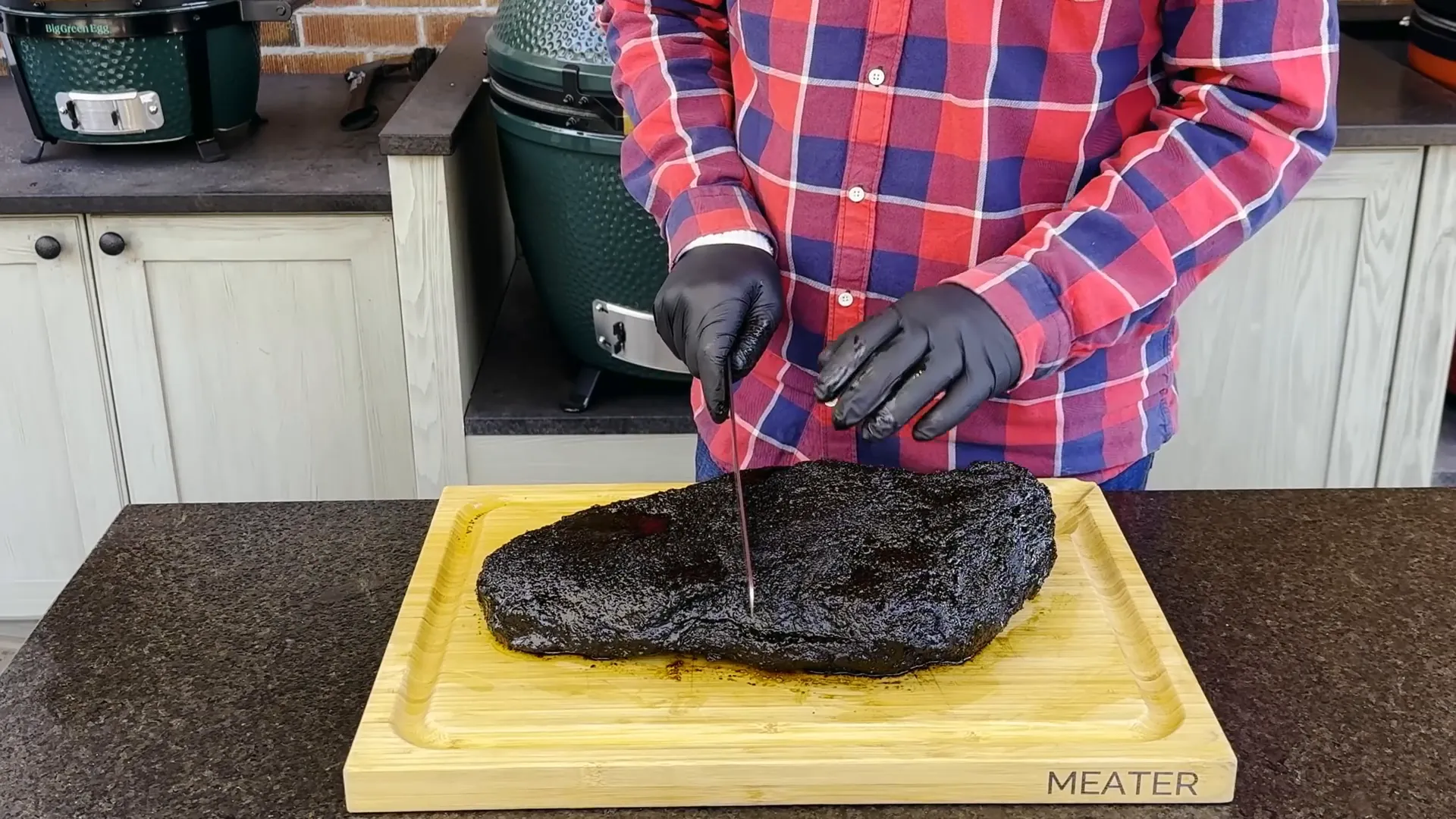
The flat bent easily over my finger and pulled apart with no effort. The point was juicy, smoky, and rich with flavor. One bite transported me right back to Bar-A-BBQ, Interstellar, and Franklin’s—a testament to how powerful these three secrets are when applied at home.
Takeaways: Making Offset Smoking Accessible to Everyone
If you’ve been on the fence about offset smokers due to the perceived effort, these techniques can open the door for you. By leveraging the cold smoke (low and slow) phase, mastering the hot hold, and understanding the importance of resting, you can achieve world-class brisket with a fraction of the hassle. The process is not 100% hands-free, but it’s close—and the results are leagues beyond what you’ll get from a “no effort” cook.
Whether you’re a die-hard offset fan or a pellet grill enthusiast looking to step up your game, these Texas BBQ secrets will elevate your brisket and make the journey more enjoyable. Remember, it’s about simple things executed perfectly—and a little bit of patience goes a long way.
Ready to Fire It Up?
Offset smoking doesn’t have to be intimidating or all-consuming. With the right approach, you can enjoy the legendary flavor of Texas brisket in your own backyard—without sacrificing your entire day to the pit. Try these secrets on your next cook, and let me know how it goes. And as always, don’t be afraid to fire it up!
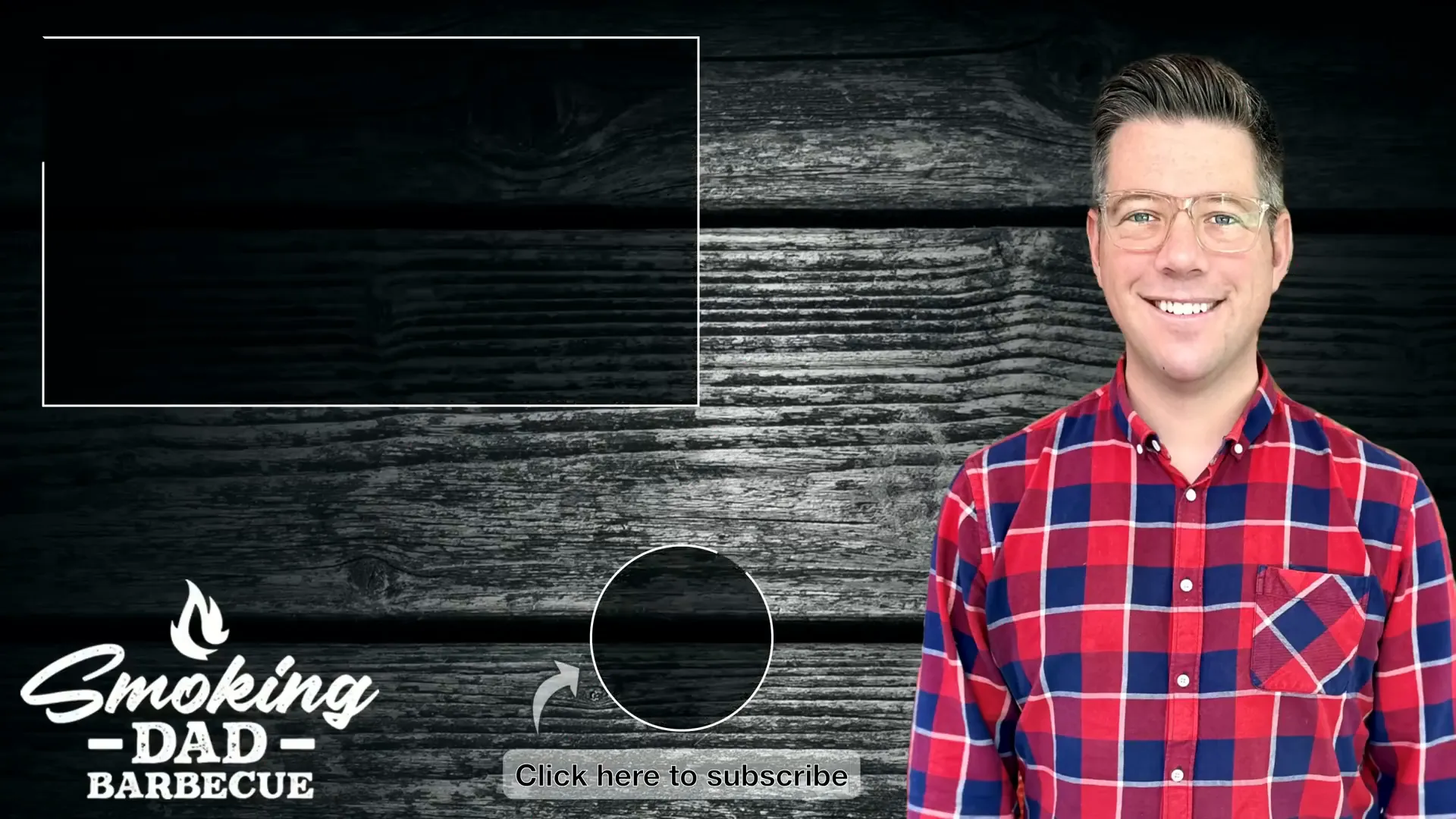
For more tips, gear recommendations, and resources, check out Smoking Dad BBQ. Got questions or want to see a head-to-head test of offset designs? Drop a comment and let’s keep the barbecue conversation going!